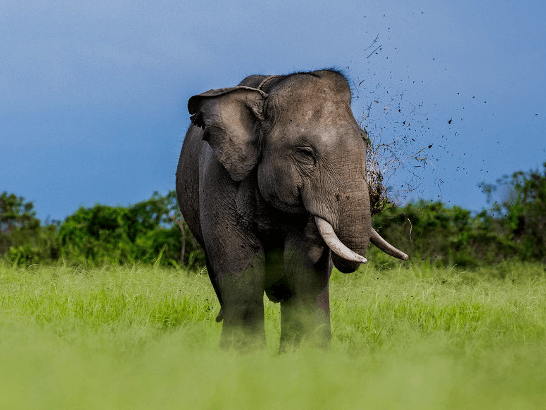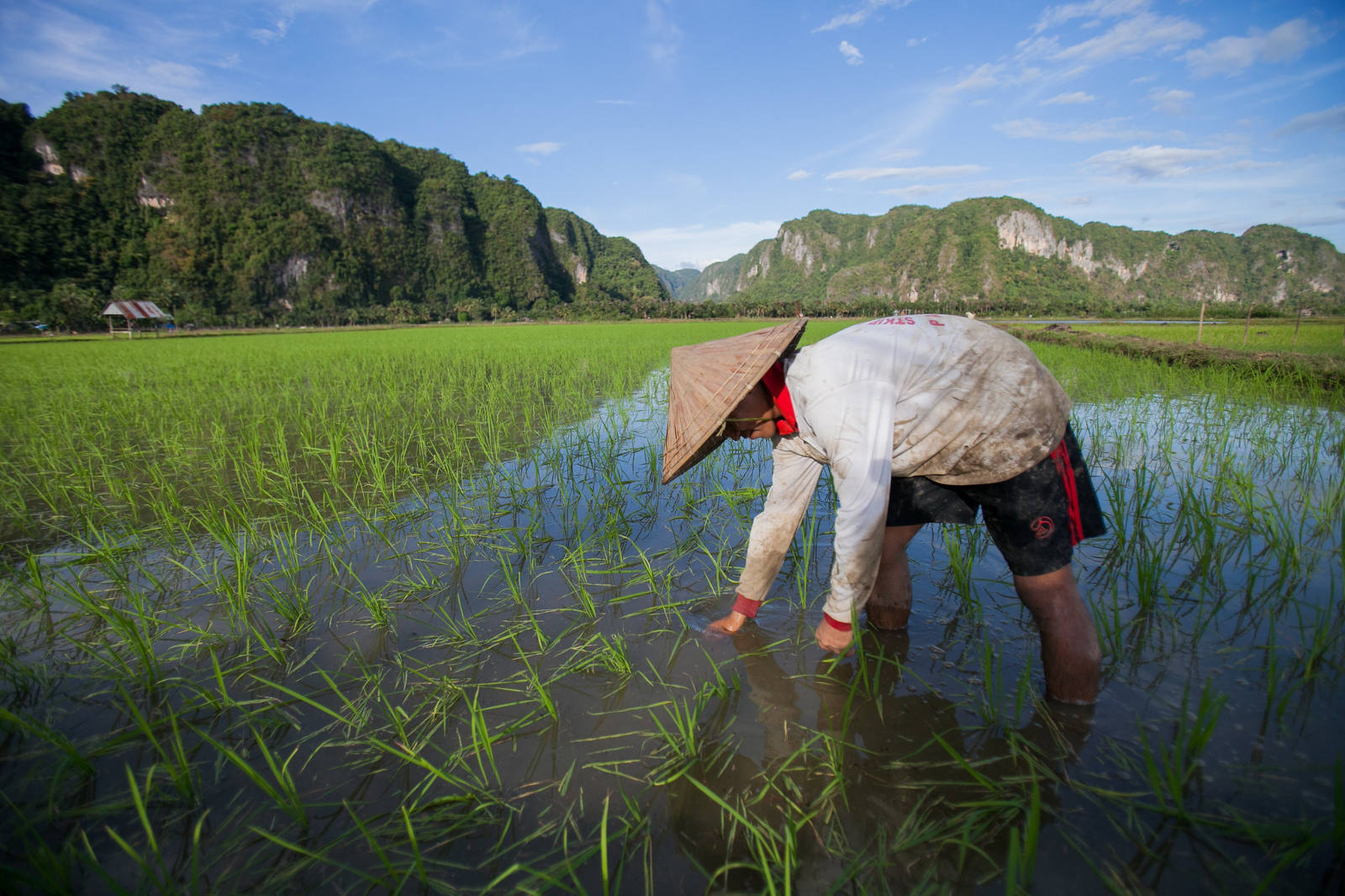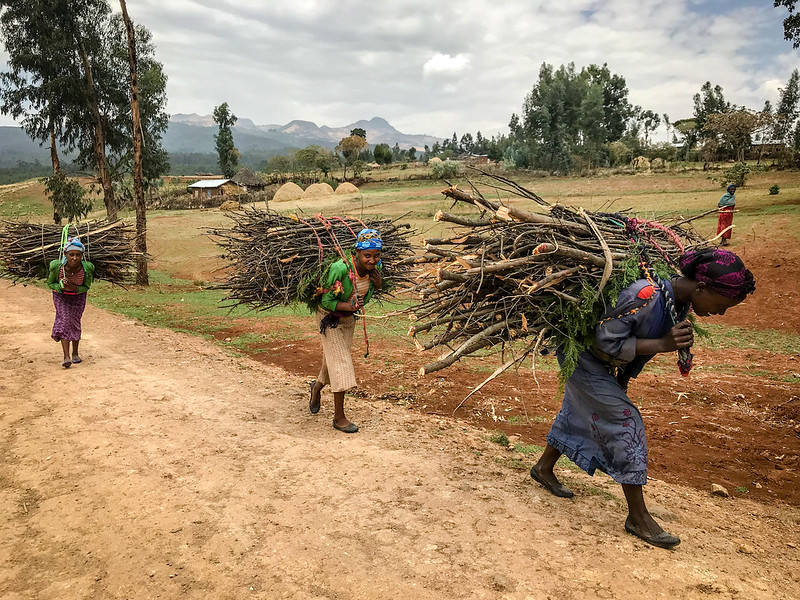Background. More than half of the earth’s lands are collectively held by communities or indigenous populations, yet only a minor portion are formally recognized in their country’s legislation. In many settings the absence of statutory recognition of land rights contributes to actual or potential tenure insecurity with subsequent indirect impacts for forested regions across the global tropics. Some researchers, policy makers and indigenous rights advocates argue that that there are social and cultural characteristics associated with ‘indigeneity’ that contribute to healthier, more sustainable ecological conditions in areas under indigenous community control. It is further suggested that commensurate socio-ecological mechanisms are absent in areas held by non-indigenous communities. Yet, we risk oversimplifying a complex relationship if we assume a strong linear, positive relationship between a set of characteristics that imply “greater” indigeneity and a set of measures approximating healthier socio-ecological conditions. Conceptualizing indigeneity as existing within a continuous sphere, rather than as a dichotomous characteristic, this protocol describes a process for unpacking indigenous and community lands using a lens of indigeneity and tenure characteristics to examine their relative influence on socio-ecological conditions.
Methods. The primary research questions of the systematic review ask: “How does indigeneity (ranging from nonindigenous to indigenous) among communities living in or around forests correlate with socio-ecological conditions on those forested lands? and, How do tenure conditions further mediate or interact with characteristics of indigeneity to influence socio-ecological outcomes/conditions? We apply a Sample–Phenomenon of interest–Design–Evaluation–Research (SPIDER) framework to structure each stage of the systematic review, which comprises a comprehensive literature search, screening, quality assessment, data extraction and analysis.
We define the sample of interest as a geographically explicit area of community-held or managed forested land, phenomenon of interest as communities of forest-dwelling or forest-dependent peoples across the sphere of indigeneity, design as fieldwork approaches ranging from questionnaires and surveys to focus groups or ethnographies, evaluation as forest conditions and dynamics as well as measures of human well-being and land tenure, and research types as both qualitative and quantitative fieldwork and analysis approaches. We will search across three major bibliographic databases for relevant studies in the published literature, identifying quantitative, qualitative and mixed-method research as eligible for review. These search results will be screened by their titles and abstracts, followed by their full texts based on a defined set of eligibility criteria. To ensure that selected studies have controlled for potential biases, quality assessment will then take place alongside data extraction. Every effort will be made to designate a geospatial location (or set of locations) for each study included in the final study set, and to utilize additional spatial layers to build more context for our final narrative synthesis and evidence map. Finally, the results of quantitative and qualitative analyses will be reported in a narrative synthesis.
Download:
DOI:
https://doi.org/10.17528/cifor/006674Altmetric score:
Dimensions Citation Count:
Publication year
2017
Authors
Holland, M.B.; Dupre, S.I.; Baker, J.; Lawry, S.; Duchelle, A.E.; Kelly, A.; Masuda, Y.J.; Robinson, B.E.
Language
English
Keywords
community forestry, indigenous people, systematic reviews























